

-
Produkte
- Etiketten
- Faltschachteln
-
Versandkartons
- Klappkartons - Großbriefkartons, Maxibriefkartons, DHL
- Mit Klebestreifen - Großbriefkartons, Maxibriefkartons, DHL
-
Faltkartons
- mit Einstecklasche - FEFCO 0211
- mit Einstecklasche - FEFCO 0210
- mit Steckboden - FEFCO 0215
- mit Automatikboden - FEFCO 0713
- Faltkarton - FEFCO 0201
- Wellpappe-Zuschnitte - FEFCO 0110
- Kreuzverpackung - FEFCO 0401
- Inlay mit Stand
- Verstärkungs-Inlay
- Kartonschuber - FEFCO 0503
- Kartonschachtel - FEFCO 0203
- Laminattuben
- Beipackzettel
- Beutelverpackungen
- Etikettenzubehör - Maschinen
-
Service & Hilfe
 Bei allen Fragen rund um Ihre Bestellung helfen Ihnen unsere Druckexperten gerne weiter. Nutzen Sie dafür einfach unseren Kunden-Support.
Bei allen Fragen rund um Ihre Bestellung helfen Ihnen unsere Druckexperten gerne weiter. Nutzen Sie dafür einfach unseren Kunden-Support.
Support Newsletter -
Über uns
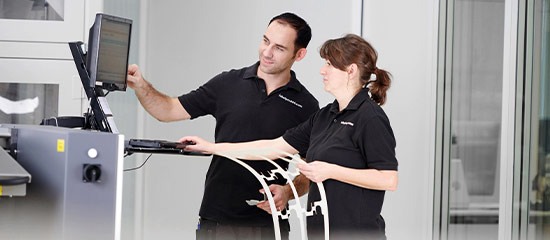
-
Kontakt
- Großkunden
Spezialetiketten
Spezialetiketten müssen meist besonderen Bedingungen in Produktion, Lagerung, Weiterverarbeitung, Transport und Verwendung standhalten können. Auch mehrlagige Etiketten sind dabei häufig die richtige Wahl.
Spezialetiketten nach Maß online bestellen
- Höchste Qualität zum kleinen Preis
- Viele Materialien aus Papier und Folie (PE, PP, PVC, PET)
- Alle Produkte online kalkulierbar
-
ProduktionAb 2 Tagen
-
MaterialFolie / Papier
-
Format100% Frei
-
OptionFolienveredelungLack
Produktart auswählen
Spezialetiketten von Labelprint24.com
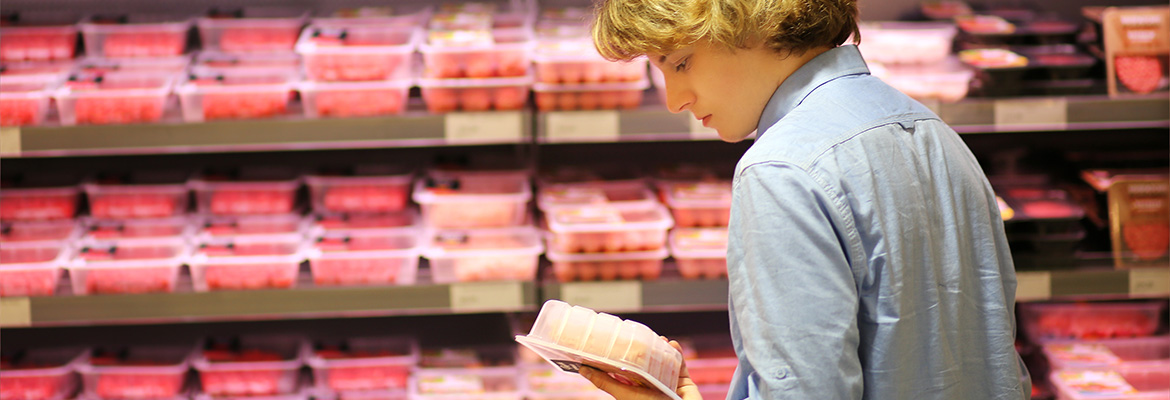
Wodurch zeichnen sich Spezialetiketten aus?
Spezialetiketten sind äußerst robust und langlebig und wurden für den Einsatz unter besonders herausfordernden Gegebenheiten entwickelt. Denn in beispielsweise sehr feuchten, staubigen oder kalten Umgebungen sind herkömmliche Etiketten mit ihren gewöhnlichen Klebeeigenschaften nicht ausreichend. Gleiches gilt für poröse, fettige oder ungleichmäßige Untergründe. Aber unsere Spezialetiketten können noch mehr!
Sie können unsere Spezialetiketten genau an Ihre branchenspezifischen Gegebenheiten anpassen. So garantieren sie in jeder Situation optimale Klebefestigkeit. Darüber hinaus sind sie abrieb- und wischfest und gewährleisten dadurch eine langanhaltende und optimale Lesbarkeit. Egal welche Bedingungen im Umfeld Ihrer Produkte herrschen: Auf die Spezialetiketten von Labelprint24 können Sie sich jederzeit verlassen.
Erstellen Sie die für Sie passenden Etiketten in unserem Konfigurator. Hier können Sie die Spezialetiketten genau auf die Gegebenheiten Ihrer Branche abstimmen und gestalten. Unsere individuell angefertigten Spezialetiketten kleben – versprochen.
Wo werden Spezialetiketten eingesetzt?
Spezialetiketten finden in verschiedenen Branchen Verwendung, zum Beispiel in der Pharma-, Kosmetik- oder Chemiebranche. Immer dann, wenn die Klebekraft normaler Etiketten durch besondere äußere Einflüsse gefährdet ist, kommen Spezialetiketten zum Einsatz. Im Handwerk, in der Industrie oder in der Logistik, aber auch im Handel werden unsere Etiketten verwendet.
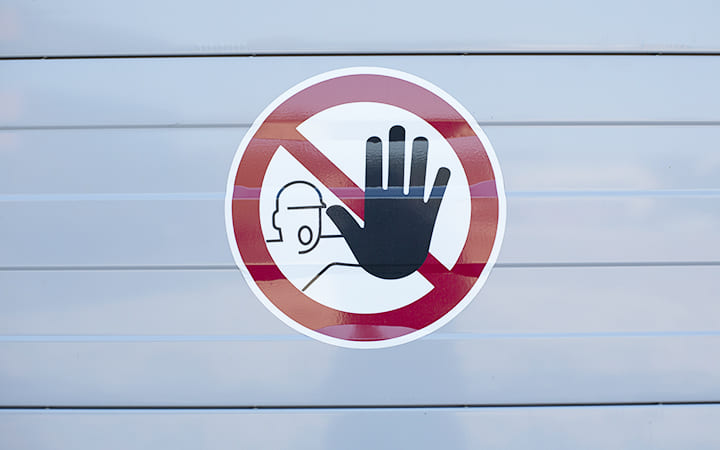
Unsere Spezialetiketten sind unter anderem für folgende Situationen ausgelegt:
- staubige Umgebungen
- feuchte Räume
- trockene Bereiche
- extrem kalte Umgebungen
- und mehr
Mit unseren Spezialetiketten können Sie in jeder noch so extremen Umgebung arbeiten. Für einen Einsatz mit Chemikalien und anderen gefährlichen Stoffen sowie öligen, nassen und fettigen Umgebungen sind sie bestens geeignet. Sie weisen dauerhaft, gut lesbar und zuverlässig auf Sicherheitshinweise oder Kennzeichnungen hin, sodass keine wichtigen Informationen verloren gehen.
Dabei machen ihnen selbst sehr hohe oder sehr niedrige Temperaturen nichts aus, denn sie halten Temperaturen von minus 190 Grad bis 300 Grad Celsius Stand. So eignen sie sich als Tiefkühletiketten genauso wie für chemische und mechanische Vorgänge, bei denen extreme Hitze oder Kälte entsteht.
Unsere Spezialetiketten sind für jede Oberfläche geeignet
Die Spezialetiketten von Labelprint24 werden nicht nur für einen reibungslosen Versand, sondern auch für Markierungen bei der Lagerung, der Weiterverarbeitung und der Produktion verwendet. Damit gesichert ist, dass jeder zu jedem Zeitpunkt auf diese Informationen zurückgreifen kann, garantieren unsere Spezialetiketten sichere und einwandfreie Funktionalität.
Durch den Spezialkleber haften sie auf vielen verschiedenen Oberflächen. Der Kraftkleber vernetzt sich mit der zu verklebenden Oberflächenstruktur, sodass sie immer eine optimale Klebefestigkeit gewährleisten.
Folgende Oberflächen lassen sich mit unseren Spezialetiketten bekleben:
- sehr poröse Strukturen (Stein, Styropor)
- ölige oder fettige Untergründe (Maschinen-oder Motorenteile)
- raue Oberflächen (Tapete, Fassade, Holz)
- Stoffe (textile Materialien, Teppiche)
- Gummi (Autoreifen)
- sehr glatte Untergründe (Glas, Metall und Kunststoff)
- gewölbte und ungleichmäßig strukturierte Oberflächen (vakuumierte Lebensmittel)
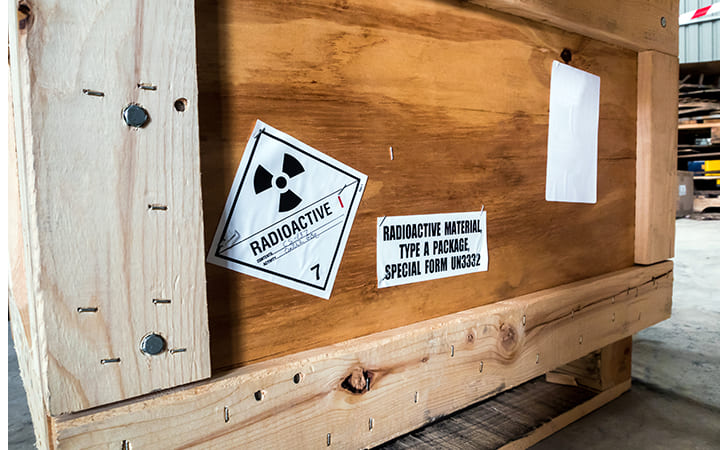
Tipp: Setzen Sie auf unsere Spezialetiketten, wenn sich herkömmliche Etiketten ständig lösen. Unsere speziellen Etiketten können Sie Ihren branchenspezifischen Gegebenheiten anpassen. Ob extreme Produktionsbedingungen oder Lebensmitteleignung: Unsere individuell gestalteten Spezialetiketten sorgen für den perfekten Halt auf jedem noch so herausforderndem Untergrund.
Welche Spezialetiketten gibt es?
Für unsere Spezialetiketten kommen hauptsächlich Folienetiketten zum Einsatz. Die lassen sich nicht nur gut bedrucken, sondern haben auch sehr gute Hafteigenschaften. Sie sind reiß- und kratzfest und sehr widerstandsfähig gegenüber äußeren Einflüssen. UV-Strahlung, Schmutz und Feuchtigkeit machen ihnen nichts aus.
Sie behalten ihre Lesbarkeit und Formstabilität dauerhaft. Daher sind Sie selbst bei langen Lieferwegen unter besonderen Bedingungen einsetzbar – beispielsweise auf dem Seeweg. Denn selbst salzhaltige Luft hat keinen Einfluss auf ihre Klebekraft. Folgende Etiketten gibt es bei Labelprint24 zu bestellen:
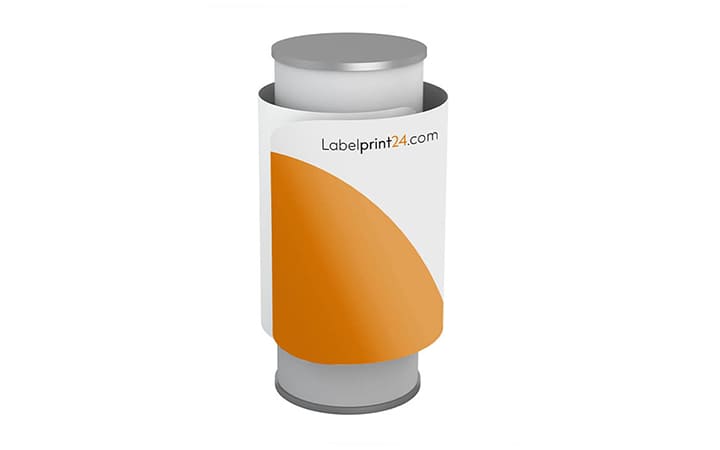
Wickeletiketten:
- zur Umwicklung von runden Gegenständen
- bieten sehr viel Platz für Informationen
- beidseitiger Druck möglich
- können mit einer Laminierung verschlossen werden
- Wickeletiketten finden in der Chemie- und Pharma-Branche Verwendung
Duplex-Etiketten:
- Etiketten mit mehreren Lagen
- beliebiger Druck von zwei oder drei Lagen möglich
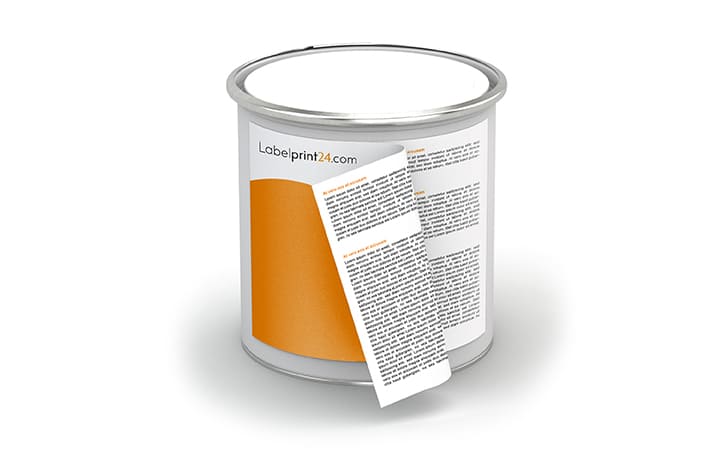
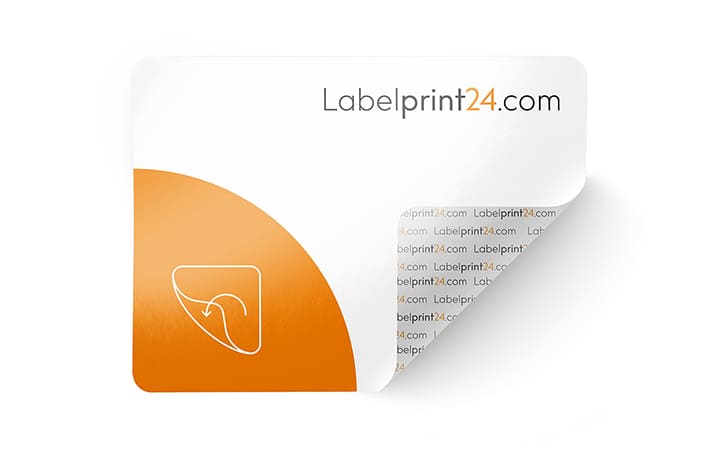
Etiketten mit Rückseitendruck:
- große Druckfläche
- beidseitiger Druck möglich
- speziell für durchsichtige Materialien wie Glas und Plastik
Booklet-Etiketten:
- fungieren als „Miniprospekt“
- werden auf oder in ein Trägeretikett eingebettet
- Booklet-Etiketten bieten sehr viel Platz für Informationen.
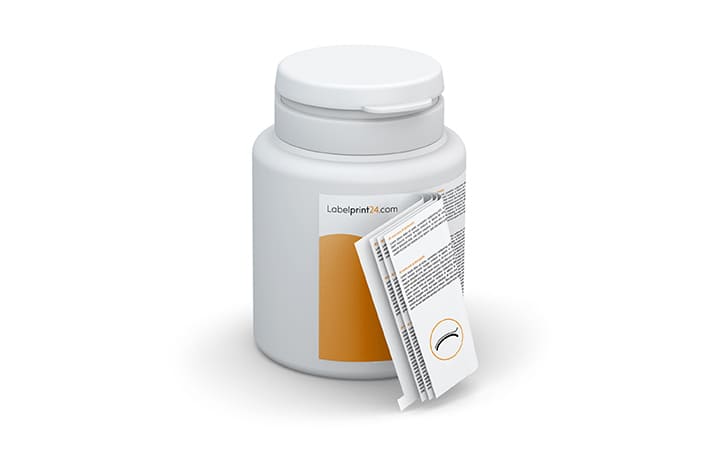
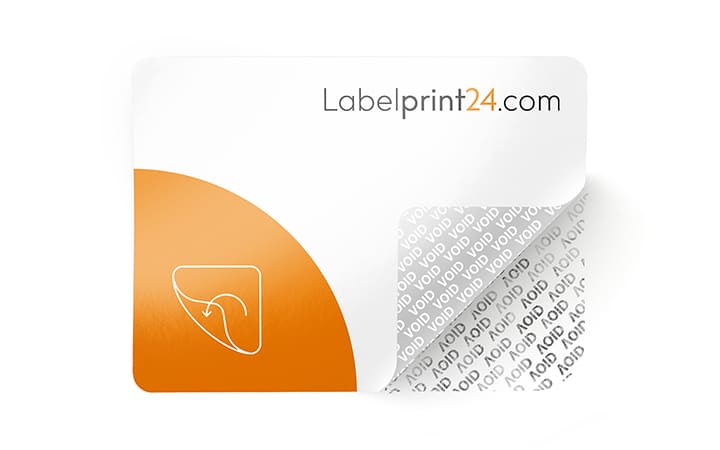
Sicherheitsetiketten:
- dienen dem Diebstahlschutz
- schützen vor Manipulation
- Unterseite mit sehr stark haftendem Kleber
- als Hologramm-Etiketten oder Folien Sicherheitsetiketten verfügbar
- sind nicht vollständig ablösbar
Lebensmitteletiketten:
- migrationsarme Etiketten, die eine Übertragung von Stoffen auf die Lebensmittel verhindern
- Material ist für die meisten Stoffe undurchdringlich
- Verwendung von mehrschichtigen Haftklebern möglich
- Lebensmitteletiketten sind auch für den Einsatz von migrationsfreien Lacken und Farben ausgelegt.
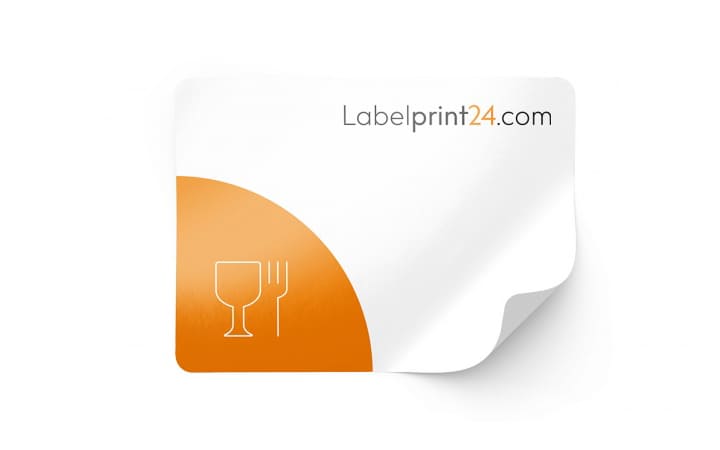
Wie passen sich Spezialetiketten Ihrer Branche an?
Da Spezialetiketten äußerst robust sind und sich jeder Situation anpassen können, kommen sie in vielen ungewöhnlichen Bereichen zum Einsatz. Durch ihre besonderen Eigenschaften sind sie daher bestens geeignet für den Einsatz in Branchen mit besonderen Herausforderungen, wie beispielsweise der Kosmetik-, Pharmazie- oder Chemiebranche.
Wie kann ich Spezialetiketten in der Kosmetik-Branche nutzen?
Spezialetiketten werden häufig in der Kosmetik-Branche eingesetzt, um die Kaufentscheidung der Kunden positiv zu beeinflussen. Sie machen aufmerksam auf Rabatte, Inhaltsstoffe oder vermitteln wichtige Anwendungshinweise. So haben Ihre Kunden einen genauen Überblick über das Produkt. Damit die Etiketten auch beim ständigen Gebrauch dauerhaft einsetzbar bleiben, sollten sie folgende Eigenschaften besitzen:

- wasserfest
- abrieb- und wischfest
- dauerhaft lesbar
- haltbar
- robust
- beständig gegen Fette und Öle
- widerstandsfähig
- formstabil
Labelprint24 fertigt für Sie professionelle Kosmetik-Etiketten laut Kosmetikverordnung an, die Sie nach Ihren eigenen Wünschen gestalten können. So können Sie die Form, das Design, die Farbe, das Material und die Auflage selbst bestimmen.
Wie gestaltet sich der Einsatz von Spezialetiketten in der Chemie-Branche?
Der Einsatz von Spezialetiketten in der Chemie-Branche ist sehr vielfältig. Verschiedene chemische Stoffe haben unterschiedliche Anforderungen. Erstellen Sie Chemie-Etiketten nach Ihrem Bedarf mit Labelprint24.
Unsere Etiketten können Sie für die Kennzeichnung verschiedener Behälter und Produkte verwenden, aber auch um Gefahrstoffe zu kennzeichnen. Bei der Lagerung von chemischen Substanzen kommen sie genauso zum Einsatz wie im Betriebsprozess oder der Auslieferung. Damit alles reibungslos funktioniert und die Chemie-Etiketten überall einsetzbar sind, sollten sie:
- die weltweit einheitliche Richtlinie zur Etikettierung chemischer Verordnungen einhalten (GHS/CLP-Verordnungen),
- über verschiedene Widerstandsfähigkeiten verfügen,
- auf den unterschiedlichsten Oberflächen haften (Glas, Metall, Gummi, Holz, Papier, Kunststoff und mehr),
- nicht durch Chemikalien lösbar sein (Lösemittel, Säure, Lauge),
- Beständigkeit gegen Salzwasser, Fette, Öle und mehr besitzen,
- über eine hohe Haltbarkeit verfügen sowie
- abrieb- und wischfest sein.
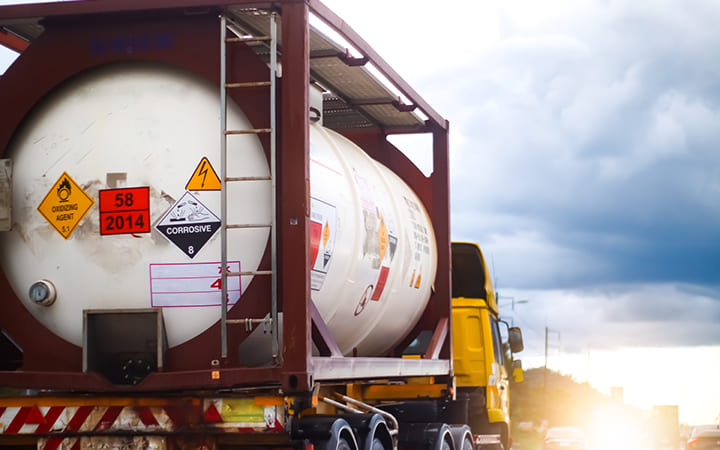
Wie nutze ich Spezialetiketten in der Pharmazie-Branche?
Im Pharmazie-Bereich werden Spezialetiketten hauptsächlich zur Etikettierung der verschiedenen Produkte verwendet. Häufig informieren sie über die Dosierung, die Anwendung, die Sicherheitsvorkehrungen oder die Nebenwirkungen. Die Informationen sollten daher gut sichtbar auf der Verpackung zu finden sein. Da Etiketten manchmal als Ersatz für Produktbroschüren und Handbücher Verwendung finden, sind Booklet-Etiketten als Spezialetiketten für die Pharma-Branche besonders gut geeignet. Für pharmazeutische Erzeugnisse und Produkte kommen häufig etikettierte Laminattuben zum Einsatz. Folgende Eigenschaften und Funktionen sollten Spezialetiketten in der Pharmazie-Branche haben:
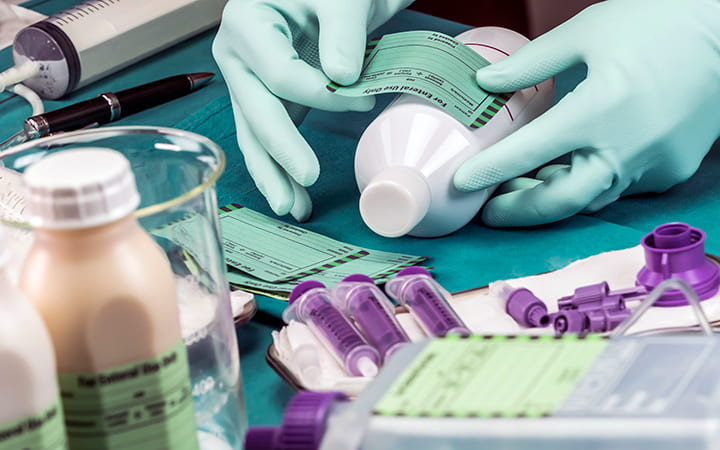
- abrieb- und wischfest
- beständig gegen Öle und Fette
- sehr gute Haltbarkeit
- Haftung auf verschiedenen Oberflächen (Glas, Tube, Kunststoff und mehr)
Entdecken Sie jetzt passende Spezialetiketten für Ihr Unternehmen und fertigen Sie diese bei Labelprint24 an. Wir stehen Ihnen mit Rat und Tat zur Seite.





 Kundenstimmen: 759
Kundenstimmen: 759





 Bedruckte Etiketten auf Rolle anfragen
Bedruckte Etiketten auf Rolle anfragen  Booklet-Etiketten anfragen
Booklet-Etiketten anfragen  Faltschachteln anfragen
Faltschachteln anfragen  Verpackungen aus Wellpappe anfragen
Verpackungen aus Wellpappe anfragen  Beipackzettel / Packungsbeilagen anfragen
Beipackzettel / Packungsbeilagen anfragen  Laminattuben anfragen
Laminattuben anfragen 
























